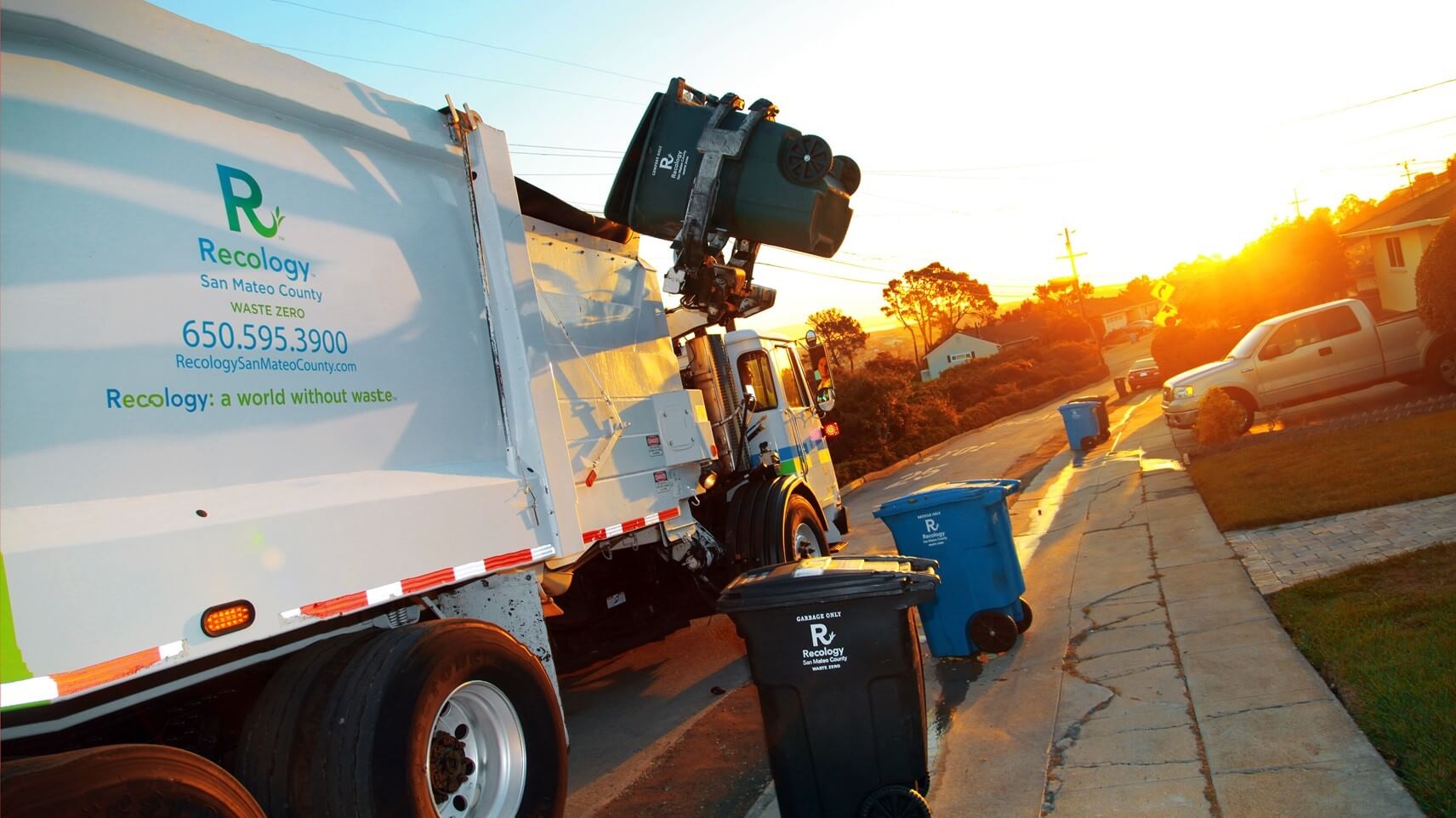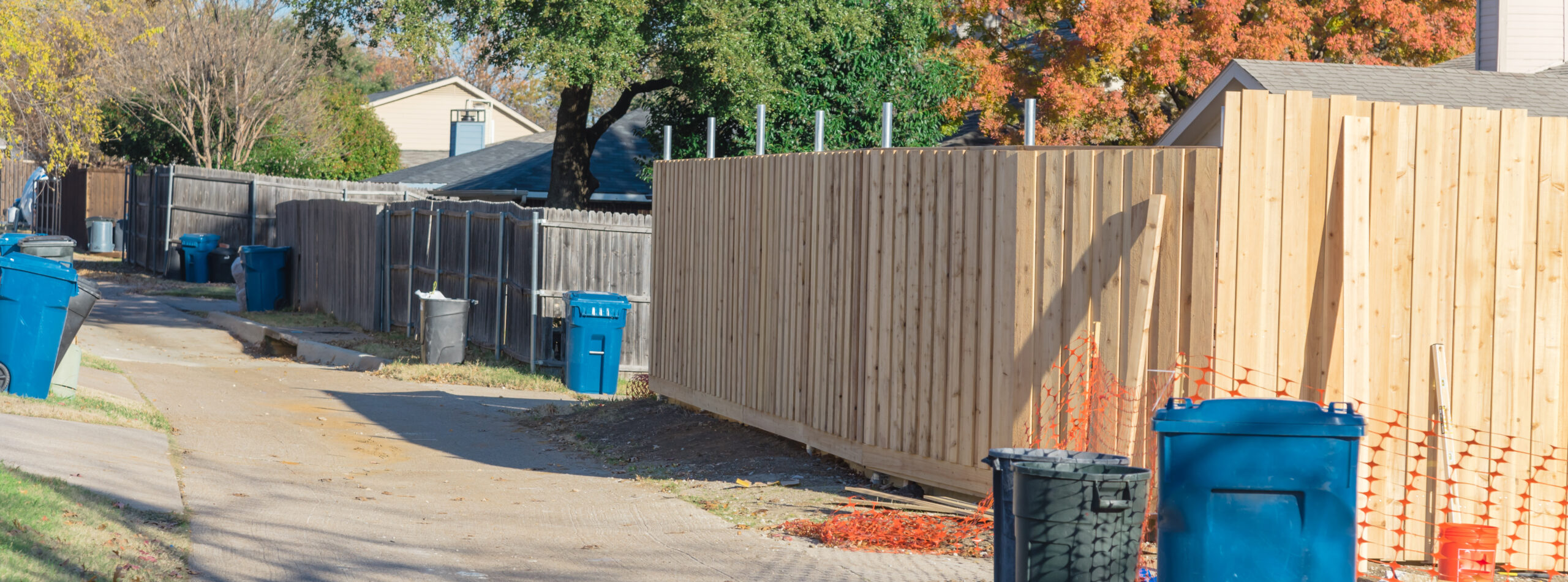Increased frontline safety awareness leads to drop in 2021 injury & illness rates in solid waste industry
Since the start of the pandemic in early 2020, frontline sanitation workers are more aware of injury and illness hazards on the job. This has resulted in a reduction of safety-related incidents, not just among collection workers, but for all employees across the solid waste industry, a top U.S. safety expert said.
Private industry employers in solid waste reported 2.6 million nonfatal workplace injuries and illnesses in 2021, a decrease of 1.8 percent from 2020, according to the U.S. Bureau of Labor Statistics. There has been a continued decline in injury and illness rates across the solid waste industry, with historic lows for solid waste landfill, collection and material recovery workers.
“RouteSmart partners with the Solid Waste Association of North America (SWANA) on many projects and we share many of the same goals: to keep routes safer for collection crews through better planning and safer driving practices. SWANA has been working hard to reduce injuries and fatalities, and one strategy they’ve deployed in the last few years is holding hauler-safety outreach events, where SWANA members visit a landfill or a transfer station and distribute safety information to collection crews,” SWANA CEO David Biderman said.
“They spend a few minutes with them, give them worksheets, a bottle of water and remind them to be safe,” Biderman said. “We’re hearing anecdotally that they are going back to their employers, showing them the material and talking about ways to be safer.”
“We have this positive momentum, a way to engage frontline collection workers in a way that’s fun and actually moves the needle,” he continued.
RELATED: Listen as Biderman and RouteSmart’s Jessica Cearfoss discuss key safety tips.
The injury and illness rate for solid waste landfill workers fell from 3.4 to 2.2 incidents per 100 full-time employees in 2021, reports Waste Today. The rate for solid waste collection went from 5.2 to 4, and the rate for workers at material recovery facilities fell from 5.2 to 3.2. The injury and illness rates for all three sectors are at their lowest levels since at least 2006.
“We are definitely seeing some progress, but because of the changes that happened with COVID, I’m not yet ready to say that we’re making great progress,” Biderman said. “We continue to see way too many fatal incidents. We need to continue to make this a top priority and a top value for everybody in the industry: public sector, private sector, large companies and small companies.”
Waste haulers that invest in route planning and optimization solutions, including in-cab navigation devices, are likely to have better safety outcomes, because the software will minimize dangerous turns, needlessly backing up, and other dangerous maneuvers.
“Common sense would make you think that if a driver doesn’t need to look something up on a computer or look at a piece of paper to determine where their next stop is, they’ll likely be more focused on safety,” Biderman said. “I think companies that design routes to minimize safety hazards such as backing (up), not making (dangerous) left turns, and not picking up garbage underneath power lines, those are organizations, both companies and agencies, that likely have better safety records.”
As far as tips for reducing accidents and injuries, Biderman suggests:
- Don’t be distracted on your route.
- Drive defensively, don’t try to beat a traffic light.
- Come to a full stop at the stop sign.
- Look at your right mirror multiple times before making a right-hand turn.
- Consider joining SWANA so you can get access to the organization’s safety information.
Safety is a core value at RouteSmart. We design our advanced route planning solutions with a premium on keeping drivers and operators safe. This approach includes limiting situations where a garbage truck, for instance, needs to drive in reverse, routing to the right side of the street to avoid meandering across traffic and minimizing other dangerous maneuvers, such as U-turns on the highway.
One of the central themes we get asked about as it relates to safety has a lot to do with traffic and turns and maneuvers.
“We receive a lot of inquiries from clients related to backing up, and the way the software would handle certain situations,” RouteSmart Senior Business Development Manager Jessica Cearfoss said. “Our goal is to be thoughtful with our route planning software when it comes to situations requiring maneuvers, traffic patterns, as well as the size of collection trucks.”
Ready to get started.
Get in touch with us.
Contact Us




